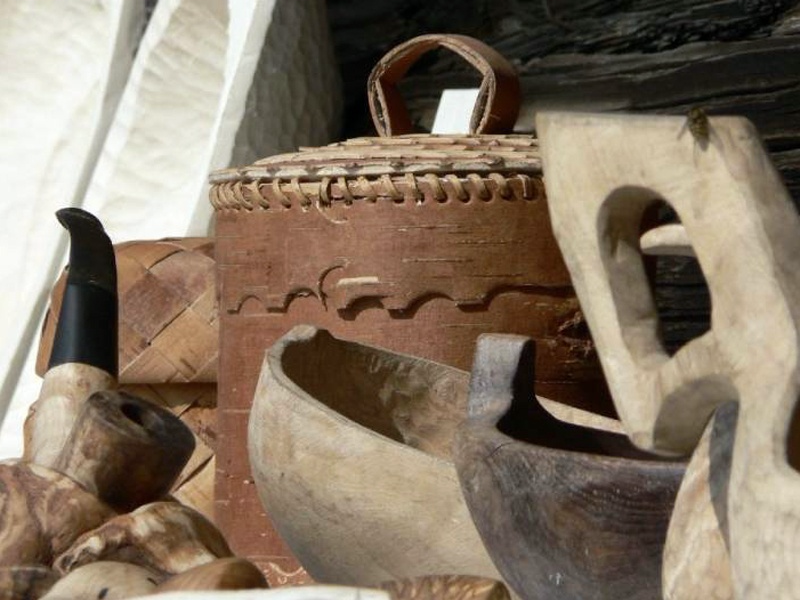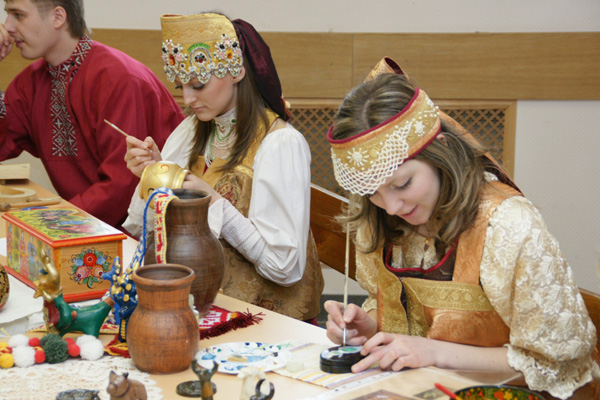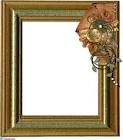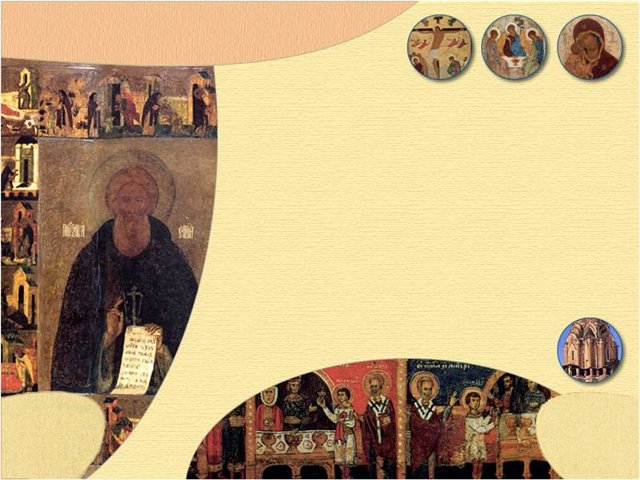
- •2. Go through the vocabulary to avoid difficulty in understanding and
- •3. The context of the sentences will help you understand them. Pick up suitable
- •4. Make sure you’ ve got the meaning of the words. Now match the columns
- •5. While reading fill in the missing phrases given below. Entitle each
- •6. Complete the sentences through the multiple – choice ending
- •7. Now refer to the text again and match the beginnings with the proper
- •8. Suggest the Russian for the following. Make up your own sentences with
- •9. Match the verbs with the nouns in Table 6 to produce the phrase from
- •10. Insert the prepositions from the box in the blanks. You may use them
- •11. Do you ever make mistakes in the usage of the words ‘ historic ‘ and
- •12. Choose an alternative and answer the questions:
- •13. Choose a word or a phrase from the text which means nearly the
- •14. In the lines find an odd word and underline it
- •15.Which of the new words can you substitute for each italicized word or a
- •16.From the text pick up the sentences with the Passive Voice and give
- •17.Change these sentences into the Active Voice structure. Follow the
- •18. Do the opposite
- •1 9. 19. Find mistakes if there are any and make the forms correct
- •20. What do you think of the statements? Are they true or false? Mark
- •21. Give answers to these questions with some seven
- •22. Write a letter to a pen – friend about your plans after graduating from the
- •23. Read the article and pick up from the figure below the
- •24. Find in the text the English equivalents to the following:
- •25. Put the words into the right order
- •Important that.
- •26. Answer the questions
- •27. Refer to the second passage and say if you agree or disagree with the
- •28. Write an article about an organization / a person who did or is doing a
- •29.Get acquainted with the abstracts from the unesco World Heritage
- •30. “ Nomination of the Russian Cultural Property to the unesco World
- •Методические указания по английскому языку
21. Give answers to these questions with some seven
sentences making up a short situation
Why do you think choosing a profession is a serious step for a young man ?
2) Why did you choose culturology as your major ?
3)_Do people know much about culturology ?
What other sciences study culture ?
What knowledge does culturology integrate and how does it study
culture ?
What is the general idea of the science ?
What academic subjects are studied in this major ?
Why do the students have classes on decorative applied arts ?
9) In what spheres can the culturologist apply his/her theoretical and
practical knowledge?
10) How do you understand the phrase “diversity of cultures” ?
11) How do different cultures exist in the contemporary world’s
community ?
✍
![]()
22. Write a letter to a pen – friend about your plans after graduating from the
university and in what sphere of culturology you would like to work.
![]()
23. Read the article and pick up from the figure below the
proper meaning of the italicized words






 The
exhibition “ The Russian Folk “
is a systemized presentation
of folk sources and ⦑a⦒
roots
o
The
exhibition “ The Russian Folk “
is a systemized presentation
of folk sources and ⦑a⦒
roots
o
 f
present-day Russian culture. They are the traditional peasant 〈b⦒
dwelling
with its furniture and house utensils, the national ⦑c⦒
cuisine
and clothing the ways and traditions of life and the creation of the
people’s mind and imagination. They are exotic for a foreigner
whereas for a Russian they are his cultural and historical heritage.
f
present-day Russian culture. They are the traditional peasant 〈b⦒
dwelling
with its furniture and house utensils, the national ⦑c⦒
cuisine
and clothing the ways and traditions of life and the creation of the
people’s mind and imagination. They are exotic for a foreigner
whereas for a Russian they are his cultural and historical heritage.
Is it possible to see the traditional 〈d⦒ rites, as they were in present-day life? In Russia it is hardly so. However, they have been preserved in Russian colonies abroad. The natural flow of Russia’s life was forcibly broken ⦑e⦒ at the outset of the 20th century, so that the national evolution of the nation was stopped short. One of the ⦑f⦒ consequences of this is that presently you will not see the traditional Russian folk way of life and folk culture in their complete whole. The best you can find is some fragment of folk culture in society and museum exhibitions of cultural artifacts. The Russian people have to restore the natural growth of their society and its traditional roots. Much of the spiritual and material heritage is bound ⦑g⦒ to outdate and outlive. Life itself will make the final choice of what should be brought back and what should stay in the past where it belongs.
But we have ⦑h⦒ to delve into the past in order to see and feel the real traditional background of Russian life. It is both a ⦑i⦒ far-off and not so distant past when folk culture was a living and full-blooded process, with the national traditions carefully observed and passed on from generation to generation .
The historical roots of Russian culture have formed the design of this exhibition. The authors are not so much trying to recount what has remained of the national traditions in modern society, as to give an insight into the classical forms of the folk ways of life and the characteristic ⦑j⦒ peculiarities of folk culture, which took centuries ⦑k⦒ to shape. A considerable number of ⦑l⦒ articles of the exhibition are distinguished for their ⦑m⦒ striking national originality. Among them are works of a purely ethnographic interest, characteristic of certain aspects of the material culture of the Russian people.
Among the objects of this collection intended as decorative furnishing of the interior are ⦑n⦒ the items executed in various techniques. The exponents of the collection have been repeatedly displayed at exhibitions of applied arts abroad. Having seen the exponents, the visitor will see for himself which
of the described phenomena are still alive and developing today. This exposition might also help you understand the Russian’s soul and mentality, virtues and weaknesses. Much of the modern Russians’ character has been determined by their historical background, which is a combination of the people’s material and spiritual heritage or their national traditions. Although, for the most part, the Russian people are unaware of them, the traditional life-style continues to affect their lives and behaviors.
The exhibition’s items coming from many regions of Russia is a vivid manifestation of the talent, ⦑o⦒ exquisite taste and skills of the Russian peasants; the collection may be called a source of inspiration for many generations of artists and spectators alike. The exposition is intended for a wide range of visitors. It might be a helpful and useful guide for foreigners, who are either going to visit or are visiting Russia for the first time. It will also satisfy the ⦑p⦒ inquisitive mind of those who want to know more about the numerous cultures of the world.
![]()

















